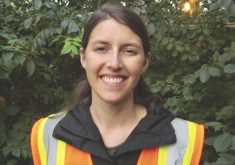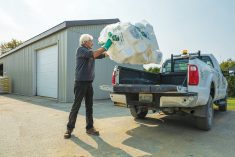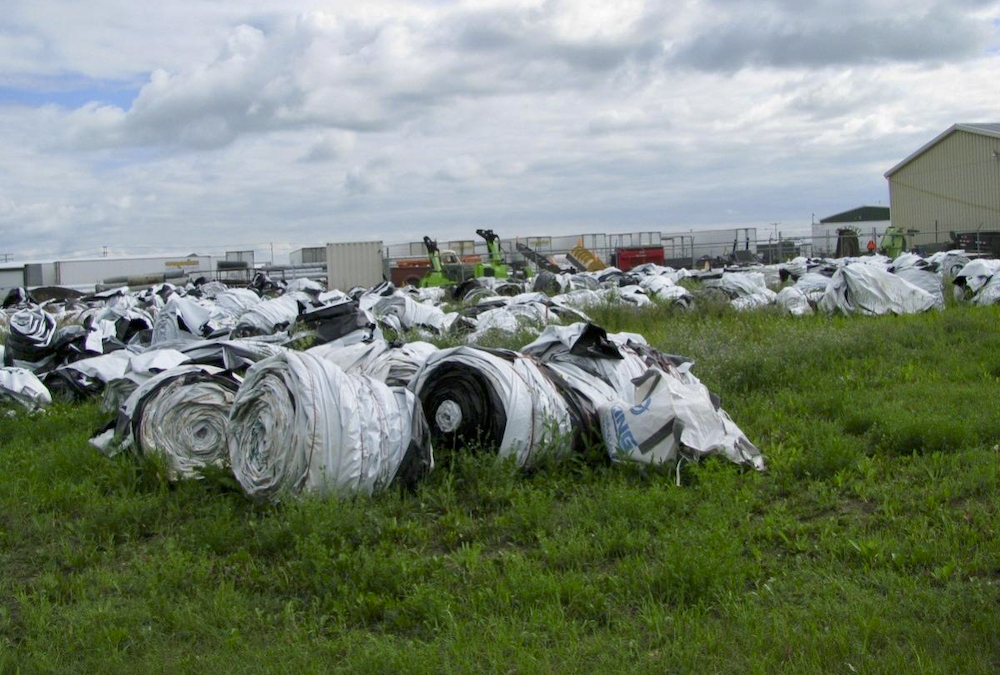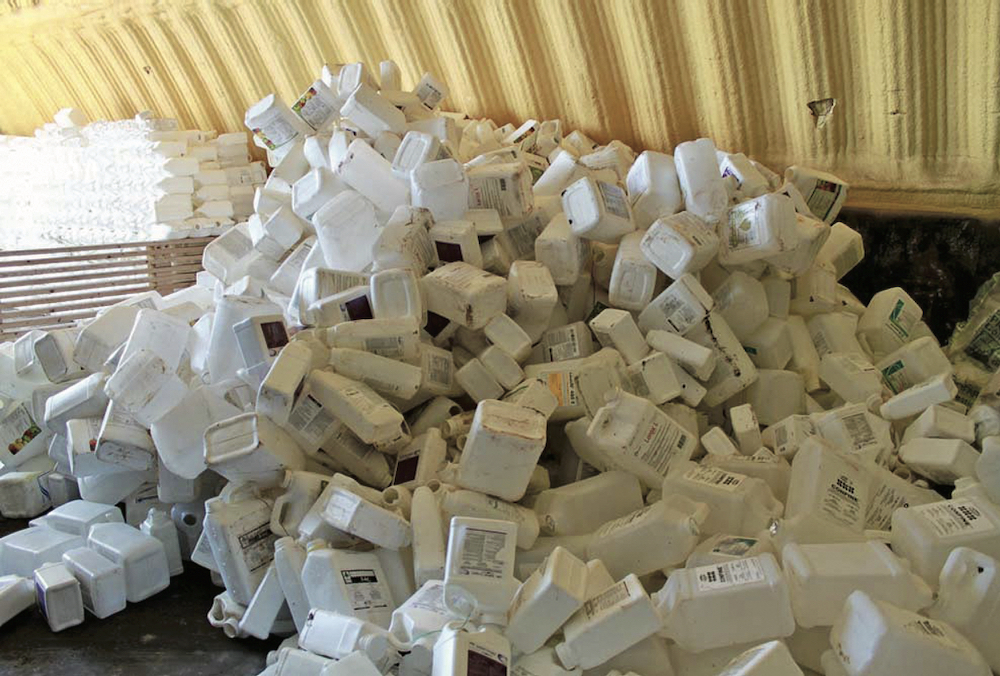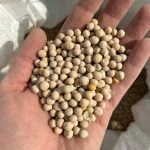The count is in. Canada produces just under 62,000 tonnes of agriculture plastic a year, and Cleanfarms hopes to collect it all.
“You can’t manage what you don’t measure,” Barry Friesen, executive director of Cleanfarms, told the Co-operator.
“Our goal is to move towards collecting all of the agricultural plastics and we need to know what it is,” he added.
Why it matters: Cleanfarms hopes that empirical data on who is using plastic, how they’re using it, what type of plastic they’re using and where they are will help inform policy and programs when it comes to recycling ag plastics.
Read Also
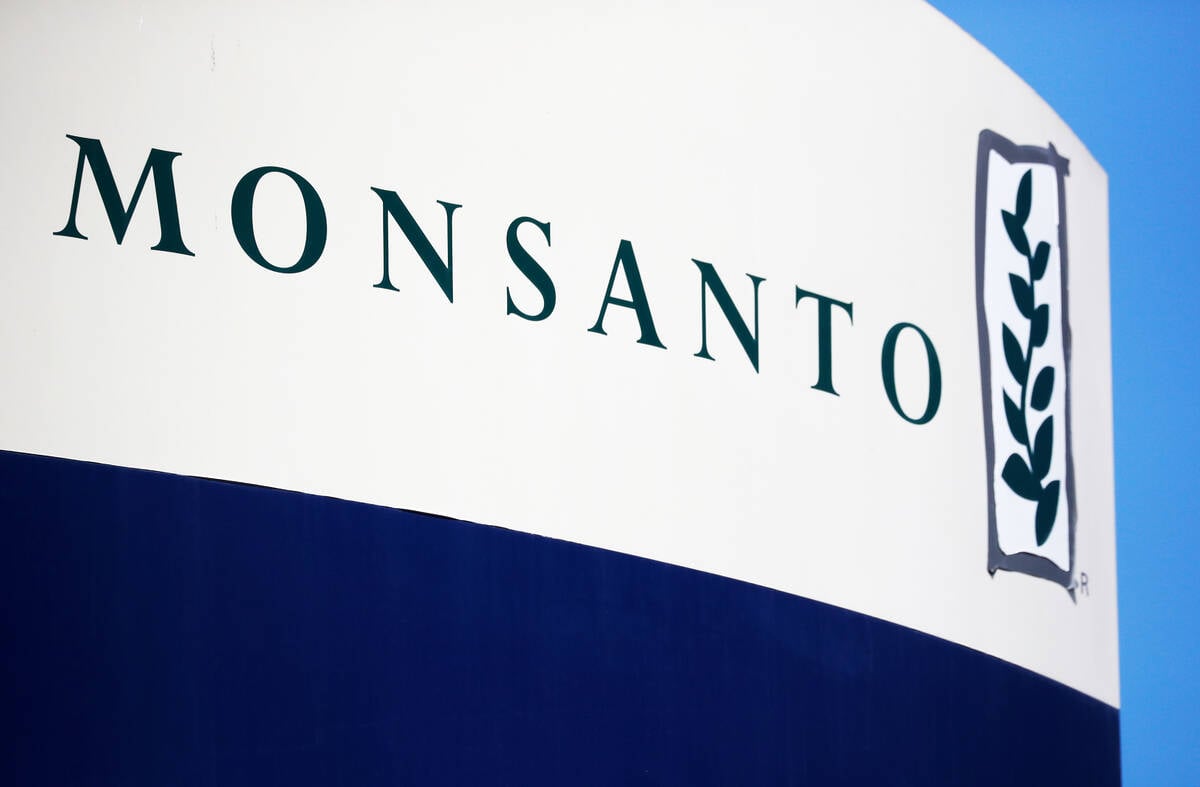
Journal pulls long-cited glyphosate study for ethics violations
The journal Regulatory Toxicology and Pharmacology has retracted a 2000 Monsanto-linked glyphosate review, drawing new scrutiny as Bayer faces mounting legal pressure.
Cleanfarms runs ag plastics recycling programs across Canada. It collects bags, large tote bags, plastic containers up to 23 litres, drums, twine, bale wrap and silage film in Manitoba.
“Cleanfarms currently collects about 6,000 tonnes of ag plastics annually through its existing programming. This figure is up from about 2,000 tonnes in 2015,” said Friesen in an Aug. 3 news release.
On Aug. 3, Cleanfarms released a detailed study identifying the types and amounts of plastic packaging and products used in Canadian agriculture, and by what sector.
They examined everything from baler twine and grain bags to greenhouse roof film and maple syrup tubing, and used a combination of “desktop research” and expert interviews to develop a model to predict how much plastic is generated, the report read.
Cleanfarms also broke down plastic generation by region. Manitoba produces about seven per cent of Canada’s ag plastic, or nearly 4,800 tonnes annually, according to the report. The Prairie provinces produce over 50 per cent of the country’s ag plastic.
Of Manitoba’s footprint, about 31 per cent (or 1,480 tonnes) is estimated to be from bale wrap, followed by mixed-plastics net wrap, which accounted for 16 per cent of Manitoba’s ag plastic usage. Grain bags, something the report noted was predominantly used on the Prairies — and actually made up the most plastic use in Saskatchewan — also accounted for 16 per cent of usage in Manitoba.
Nationally, Cleanfarms estimated that field crops (including grain, silage and forage) made up the bulk of plastic use (59 per cent). In Manitoba, that trend was even higher, with field crops accounting for an estimated 78 per cent of plastic use, followed by pesticide and fertilizer packaging (15 per cent).
Why the intense detail? Friesen said that, while plastics may look similar, they’re highly engineered products and can be very different from each other.
Recyclers prefer to have a single stream of one type of plastic, he said.
“It’s really all about the best use of these resources,” Friesen said.
“There is a strong desire to divert even more ag plastics,” according to the report. “A national, multi-phased strategy would enable the industry to divert even more ag plastics and recirculate them in the economy.”
The report makes four recommendations to do that.
First, increase the use of existing programs, including through increased communication with farmers and making better use of existing collection systems.
Second, there must be new programs development. Cleanfarms has several pilot programs ongoing across Canada, which should transition to permanent programs if all goes well, the organization argues.
“With support from Agriculture and Agri-Food Canada’s Canadian Agricultural Strategic Priorities Program, Cleanfarms is launching six pilot projects that are designed to help recover a greater portion of essential, high-volume ag plastics. We anticipate we’ll see the recovery numbers climb year over year,” Friesen added.
Third, new technology is needed to add new end markets for the plastics. For instance, at the moment bulk bags (super sacks) can’t be recycled and may be burned as fuel for power generation, Friesen said.
There are recyclers who are “kicking the tires” on ways to recycle these, he said.
They’re also hearing about chemical recycling processes. Friesen said in his area in Toronto, there’s a facility that turns plastics into wax for use in making shingles, roads and others. They’re working with Cleanfarms, he said.
Lastly, there should be policy in the form of provincial regulation holding plastic producers responsible for their recycling that would also add a stable funding source, according to the report.




